High alumina cement is the same as rapid hardening cement, which attains ultimate strength in a short period.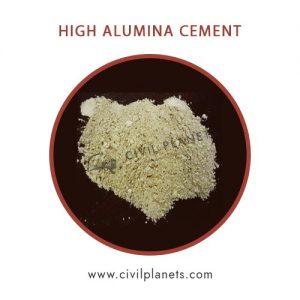
Unlike Ordinary Portland cement, It contains calcium aluminates instead of calcium silicates. HAC is manufactured from chalk or limestone and bauxite.
It contains 35% of Alumina and a balance of lime components. HAC seems to be the colour of chocolate.
Bauxite, lime, or chalk are used as main ingredients for HAC, which will be grounded as small particles. Then it will be allowed to heat up to 1600。C to its melting point, then allowed to cool down to form the HAC.
Contents of the Article
show
Chemical Composition of high alumina cement
| Alumina | Al2O3 | 37 – 41 % |
| Lime | CaO | 36 – 40 % |
| Iron Oxide | Fe2O3 | 9 – 10 % |
| Silica | SiO2 | 3 – 8 % |
| Titanium | TiO2 | 1.5 – 2 % |
| Insoluble Material | – | 1% |
| Magnesium | MgO | 1% |
Advantages
- HAC does not expand during the setting.
- Good resistance capacity against fire.
- HAC completely resists the action of acid and sulphate attack.
- It is not affected by frost, and it evolves high heat during the setting.
- The initial setting time is 3.5 hours, and the final setting time is 5 hours.
- The rate of consolidation and crystallisation is high compared to OPC which leads to a rapid increase in strength.
- High alumina cement attains high strength in a short period. It achieves the compressive strength in 1 day, 40 N/Sq mm, and 3 days is about 50 N/Sqmm.
Disadvantages
- HAC is not suitable for mass concrete because of its high heat in the concrete setting period.
- The price of HAC cement is too high compared to the other types of cement because of its unique raw material. Generally, this cement price is 20% to 30% higher than other cement.
Uses
- It can be used in the construction of a chemical plant or storage yard.
- High alumina cement is used in underwater construction.
- It can be used in marine construction.
Happy Learning 🙂

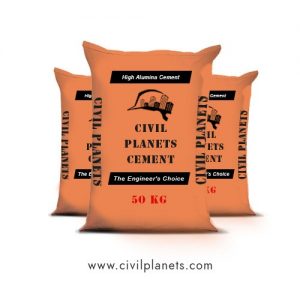
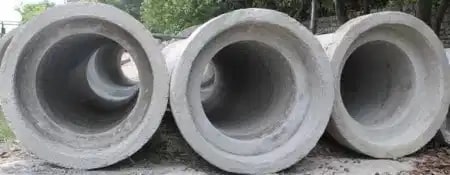
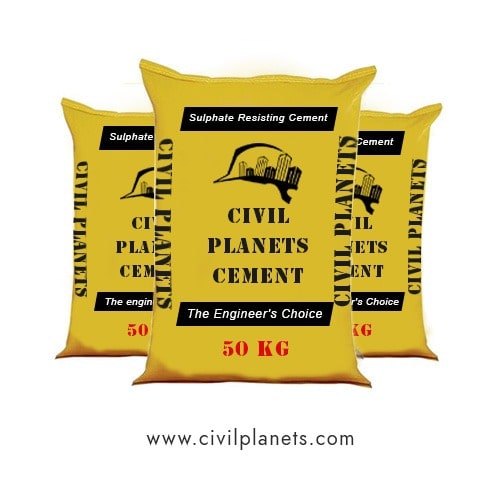
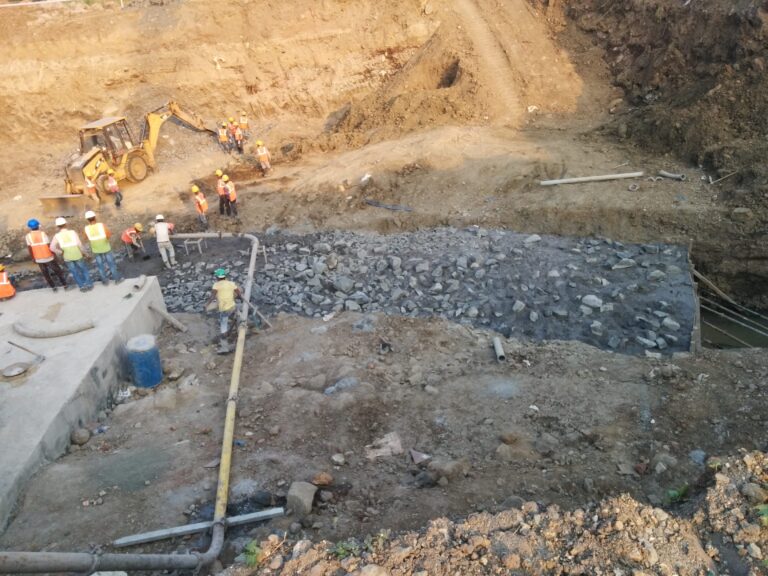
1 Comment
I need to get the TDS and MSDS of your product